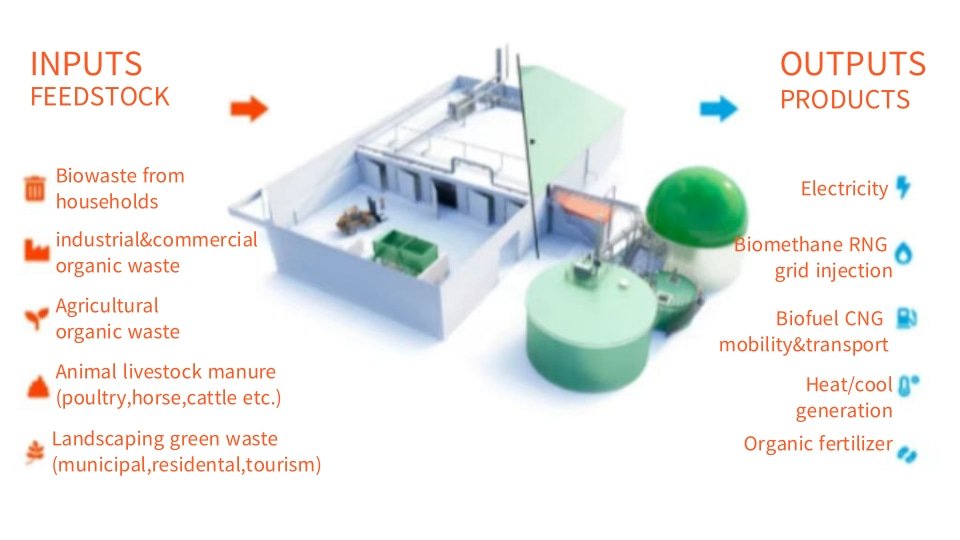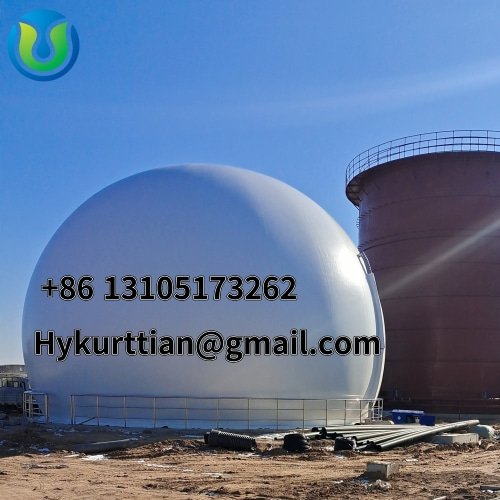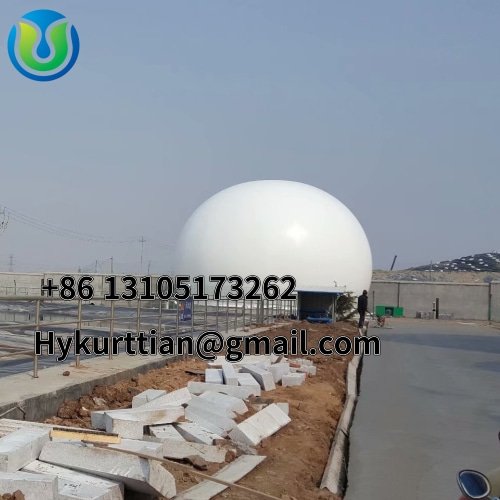A brief introduction to anaerobic fermentation
Today, let's learn about anaerobic fermentation.
Anaerobic fermentation is the process by which microorganisms break down organic matter in the absence of oxygen. In a circular economy, anaerobic digestion can be used to convert food by-products, sewage sludge, and other biodegradable materials into digestate (or "biosolids") that can be used as soil amendments and biogas.
1.Creating value from waste
Waste is one of the challenges we face. At the same time, humanity has been exploring new ways to reduce and recycle waste—almost all types of waste are finding new solutions in a circular economy of different substances and nutrients. Similarly, more and more biological waste is being converted into biogas, digestate, wastewater, and other by-products through the use of anaerobic digestion. These can be used to produce a variety of other products.

2.Why produce biogas?
There are two reasons for biogas production: on the one hand, countries and regions aim to process biological waste in an environmentally friendly manner through waste digestion and composting, returning the nutrients from organic waste to agriculture; on the other hand, biogas is a renewable energy source with a wide range of uses. A common solution is to use combined heat and power (CHP) engines in AD tanks for cogeneration. More and more biogas is now being purified and converted into biomethane, which can be distributed in natural gas networks or stored as liquefied natural gas (LNG). Biomethane can serve as one of the green energy alternatives, supporting the path towards a biological carbon cycle.

The integration of anaerobic digestion and double membrane gas holders can achieve dual objectives of waste treatment and energy production. The main advantages include:
Energy Recovery: Biogas produced through anaerobic digestion can be used as a clean energy source, providing fuel for electricity generation and heating.
Environmental Protection: Anaerobic digestion effectively reduces the volume of organic waste, lowering environmental pollution. The resulting digestate can be used as organic fertilizer, further promoting resource recycling.
Cost Efficiency: The high gas storage efficiency and low maintenance costs of double membrane gas holders make the overall system operation more economical.
The integration of anaerobic digestion and double membrane gas holders not only enhances the efficiency of waste treatment but also provides reliable technological support for the production of renewable energy. The application of this comprehensive technology meets modern environmental requirements and offers significant solutions for sustainable development in the future. By continuously improving and promoting this technology, we can better address global challenges such as energy shortages and environmental pollution.

